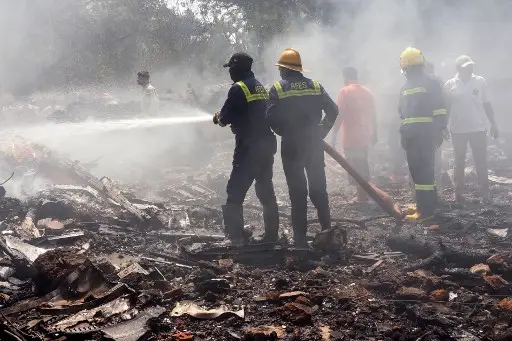Mumbai, 17 July 2025 — Air India has given its Boeing 787 Dreamliner fleet a clean bill of health after an emergency audit of cockpit fuel‑control switch locks—components now under the microscope following the catastrophic loss of Flight 171 last month.
Over the weekend, engineers inspected every Dreamliner operated by the carrier, confirming the guarded fuel switches cannot be nudged from RUN to CUTOFF unintentionally. The findings satisfy a directive issued by India’s Directorate General of Civil Aviation (DGCA), which instructed all domestic airlines to verify the locking feature on multiple Boeing models.
Crash triggers global alert
Flight 171, a 787‑8 en route from Ahmedabad to London on 12 June, plunged shortly after take‑off when both engines flamed out. Investigators discovered the fuel‑control switches had moved to the cutoff position seconds before the aircraft lost power, prompting questions about whether the locks were defective or misused. The accident claimed 260 lives—241 passengers, one crew member, and 19 people on the ground.
Although a preliminary report stopped short of assigning blame, the DGCA’s immediate response mirrored guidance first issued by the U.S. Federal Aviation Administration in 2018, which urged carriers worldwide to confirm the switches could not be moved accidentally.
What Air India has done
- Completed physical checks of every switch‑lock assembly on all 787s.
- Replaced the Throttle Control Module (housing the switches) fleet‑wide during scheduled maintenance cycles in 2019 and 2023.
- Filed compliance papers with the DGCA confirming no further action is required.
Wider industry response
Singapore Airlines, Scoot, Korean Air, and several Japanese operators have carried out similar inspections, all reporting normal function. Aviation regulators in Australia and Europe have requested status updates from local carriers, though no faults have surfaced to date.
What comes next
The Aircraft Accident Investigation Bureau will release its final report later this year, exploring three main possibilities:
- Unintentional activation despite an intact lock.
- Crew‑initiated shutdown—whether deliberate or by error.
- Mechanical or electrical anomaly causing uncommanded movement.
Any design changes, training revisions, or procedural updates will hinge on that report’s conclusions. Until then, India’s civil‑aviation minister has cautioned against speculation, urging media outlets to allow investigators to finish their work without distraction.
Air India, meanwhile, says its Dreamliners remain fully serviceable and will continue operating on long‑haul routes “with confidence restored and vigilance heightened.”

